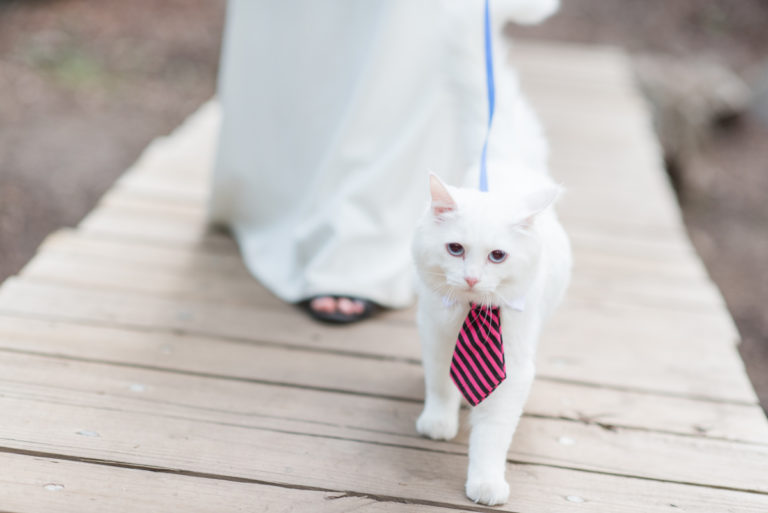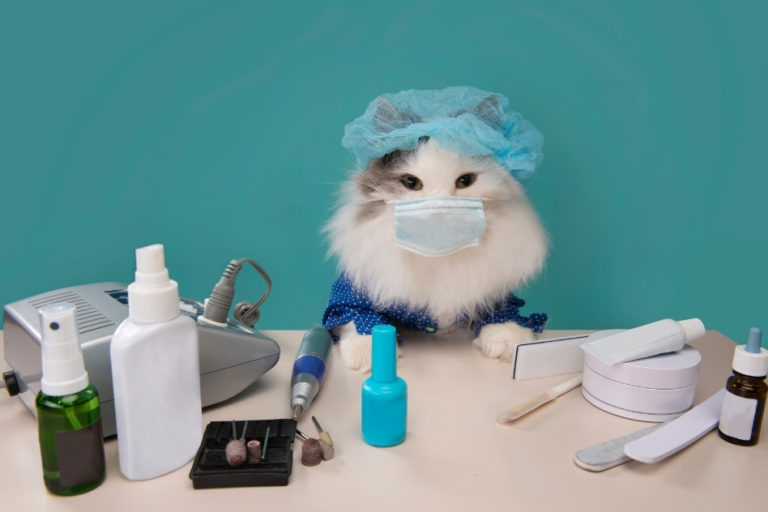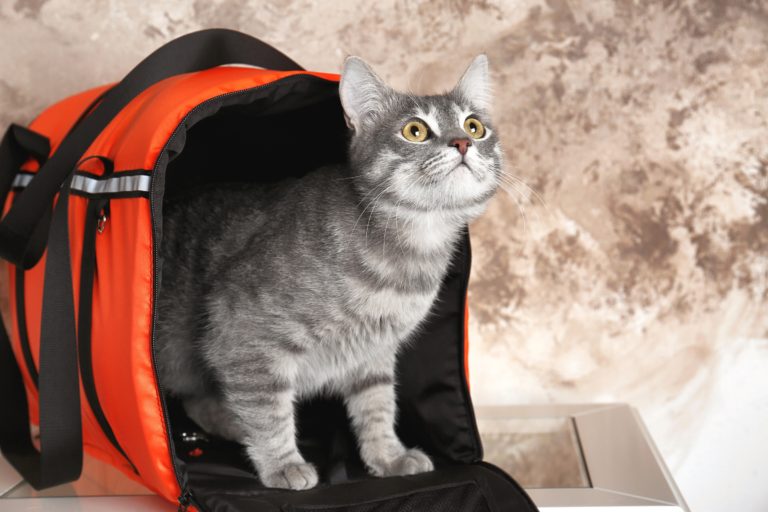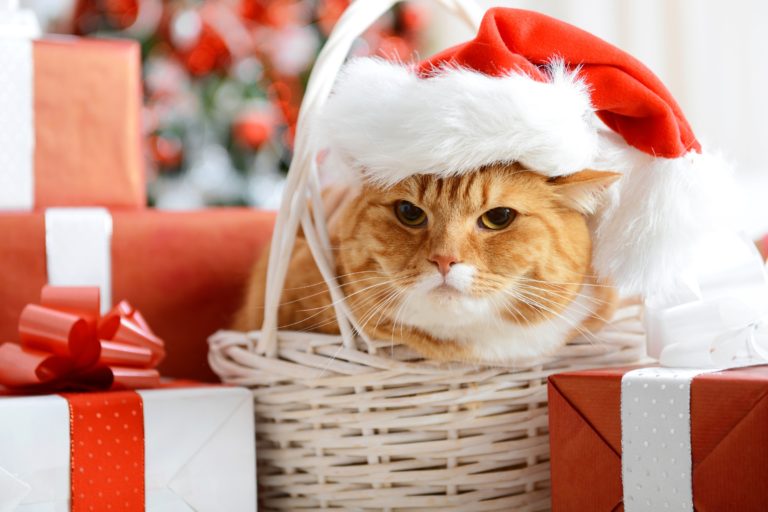Ragdoll Cats Ultimate Guide
Ragdolls cats are one of the most popular and recognizable breeds of cats. With their long white fur and blue eyes, it’s hard to mistake the beauty of a ragdoll cat. Ragdolls are known for their easygoing personalities and gentle temperaments. They’re also quite intelligent and curious, so you can usually find them exploring when they aren’t following you around.
Ragdolls are very atypical cats. They’re clumsy, can’t even hunt a bug, and can’t jump much or climb up the trees like other cats. They tend to behave like dogs waiting for you at the door and following you around the house all day long.
This breed could be described as artistocats. requires regular grooming due to their long hair including frequent brushing and bathing as needed. Just like with other cat breeds, you should expect to provide your ragdoll with high-quality food, easy access to water, and a freshly scooped litter box daily.
History of Ragdoll Cats
Ragdoll cats have been around since the 1960s. Ann Baker, a cat breeder in Riverside, California, started breeding some free-roaming cats around her home. Her favorite was a long-haired white cat she had named Josephine. She bred Josephine with a few other specific cats in her neighborhood to produce sweet, soft-tempered kittens with specific fur patterns.
This resulted in the ragdoll cat breed. Since then, at least four specific patterns have been identified in the ragdoll breed. Crazy, right?
Ragdoll Cats Fur Colors and Patterns
Ragdoll cat fur can be several different colors including:
- Blue
- Seal
- Lilac
- Chocolate
- Cream
- White
Ragdoll cats also have four different color patterns:
- Van
- Bi-color
- Mitted
- Colorprint
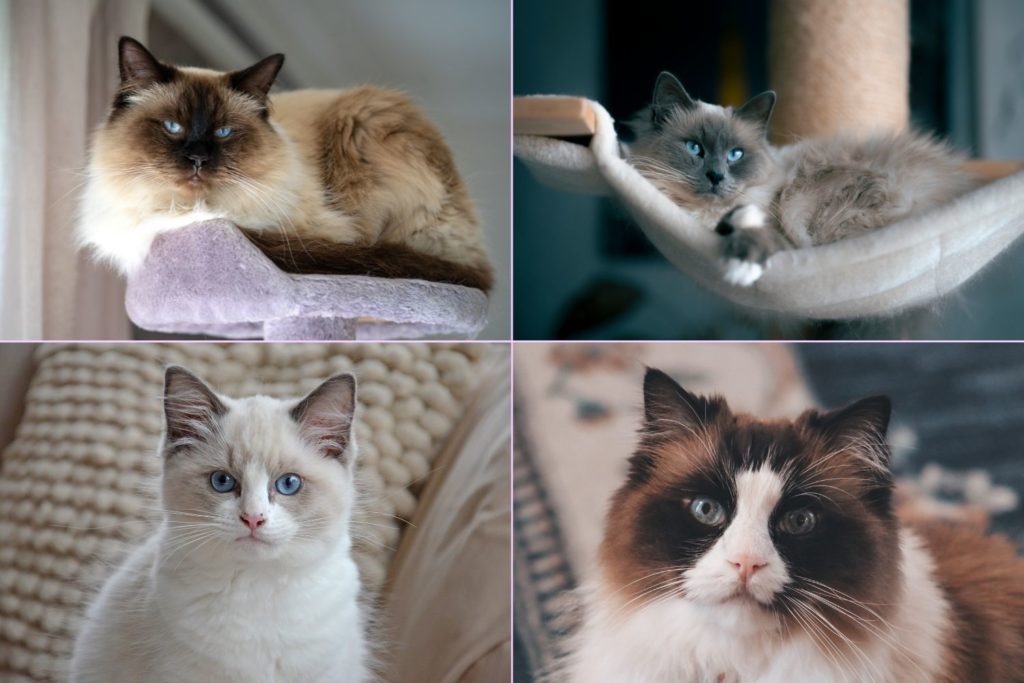
Though many of their markings are distinct, there is a wide variety of combinations that can make up a ragdoll cat.
Van ragdolls have dark markings only on the top of the ears, mask, and tail, with the rest of their bodies being light in color. Bi-color ragdoll cats are similar to vans, as they are predominantly white and may have additional white patches along their backs.
Mitted ragdolls have a distinct hourglass-shaped white patch on their head and nose that can be clearly identified. They also have white along the underside of their bodies including their feet, legs, belly, and chin. Colorpoint ragdolls are the opposite of the others – they don’t have any white fur in their coat but still have the distinct markings of a ragdoll around their mask, tail, and ears.
Ragdolls can also come in white, but they’re extremely rare and some don’t consider them 100% ragdoll, but they’re absolutely purebreds as well.

Ragdoll Cats Size
Typically, ragdoll cats average around 9-11 inches in height and 17-21 inches in length. They can also weigh anywhere between 10 and 20 pounds, though males can even extend this weight. This size is larger than many other cat breeds, so you should consider the overall size of your cat before deciding if they are overweight and need a diet.
You should also note that ragdoll cats often look larger than they really are due to their fur. Because their fur is so long and thick, they often appear bigger than their bodies are underneath all that fur. If you give your ragdoll cat a bath, you’ll know what we’re talking about.

Ragdoll Cats Temperament and Behavior
This breed of cat is one of the most gentle, tender breeds of cats out there. Ragdolls are known for their sweet, personable temperament and delightful personalities. They are known for their easy-going nature and are typically not as destructive or aggressive as other breeds. This makes them an excellent choice for cat owners in apartments or small homes.
Ragdolls are also known to be incredibly intelligent. They pick up litter training easily and are known for their emotional intuition. You can expect your ragdoll cat to be extremely affectionate, especially when you’re feeling down.
However, that doesn’t mean they’ll want to cuddle all the time. While many ragdolls do love to cuddle and be held, some don’t like being lap cats and they would much rather sit by your feet. You’ll have to feel out your own ragdoll to see what types of affection it likes personally.
Ragdoll Cats and Other Pets
Because of the ragdoll cat’s easygoing nature, they tend to get along well with other animals. This is especially true if you have other non-aggressive cats in the home. Ragdolls will fit in with their fur siblings easily and learn to include them as part of the family. Don’t be surprised if you catch your ragdoll kitty curled up with your other cats!
This large cat breed can also get along well with dogs, but you will have to be a bit more careful. Small dogs are best for easy-going cats like the ragdoll as they won’t have to hide or defend themselves much. Larger dogs could pose a threat to cats, especially if yours is on the smaller side, so you should supervise their interactions heavily after first bringing them home.
If you have a gentle giant for a dog, your ragdoll cat will soon learn to love and befriend them without fear. In fact, some ragdoll cat owners describe their cat’s personality as very dog-like: independent, loyal, and loving.
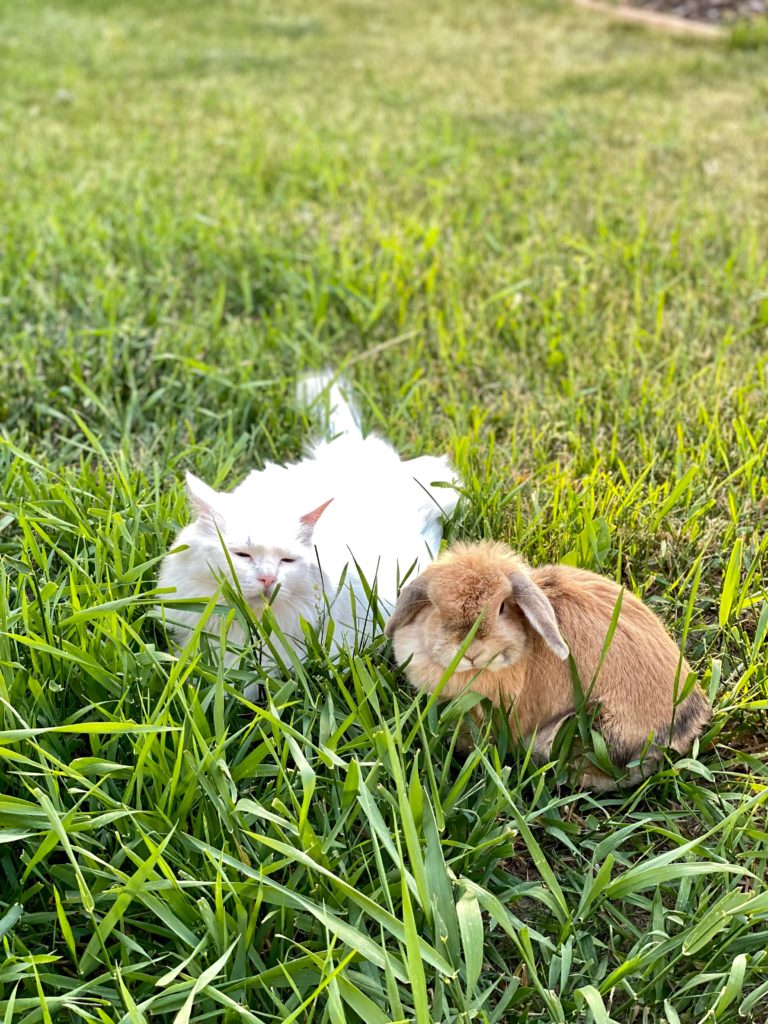
Ragdoll Cats Basic Care
Ragdoll cats, just like all cats, have basic care requirements. These requirements include:
- Food and water
- Litter and litter box
- Regular grooming
Ragdoll Cats Dietary Needs
Because ragdoll cats are large in size and have thick coats, you always want to make sure you’re feeding them a high-quality diet. This includes a combination of dry and wet food.
You should also make sure water is always available for your ragdoll. Since your ragdoll has long, thick fur, they may get fur in their mouths as they groom themselves. Staying hydrated is essential for your sweet kitty!
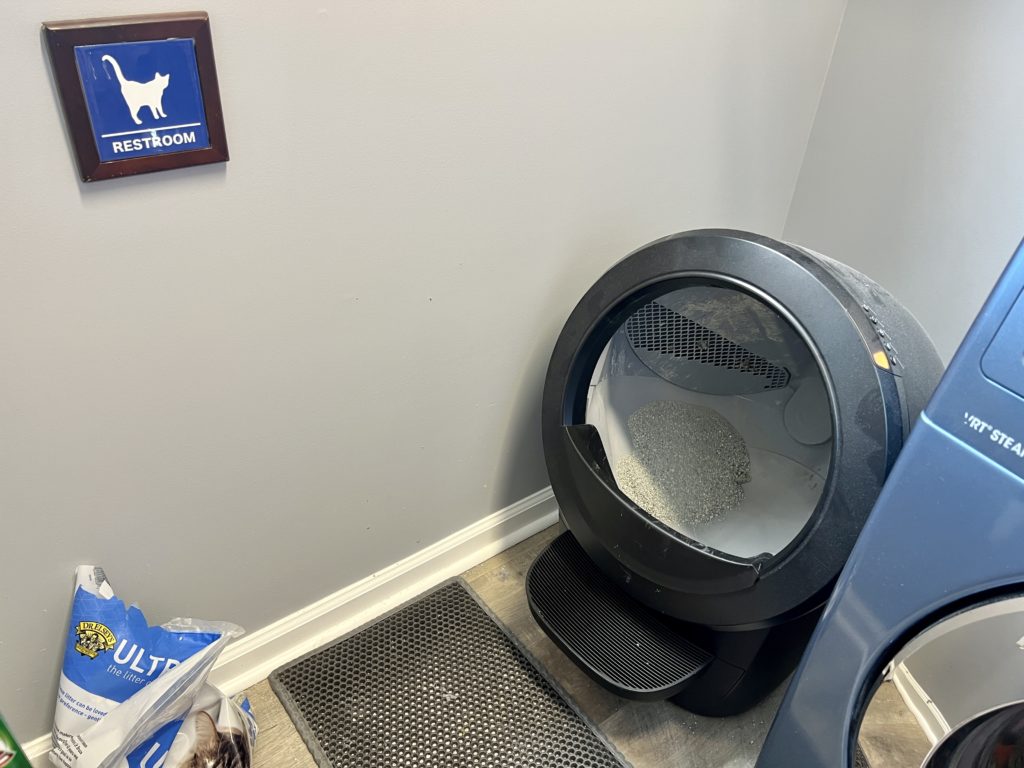
Litter for Ragdoll Cats
After your ragdoll eats their high-quality food and drinks their water, they’re going to need to use the litter box. Make sure you have at least one litter box per cat (preferably two if possible) and that it’s filled with clean litter. Since ragdolls are large you need a bigger than standard size of your litter box as well. There are lots of litter types out there including:
- Clumping
- Non-clumping
- Crystal
- Pellet
Find a type that’s right for you and your ragdoll kitten. You should also scoop the box regularly or get a self-cleaning one, so it’s nice and clean when your ragdoll kitty needs to use it. Nobody wants to use a stinky restroom!
Ragdoll Cat Grooming
You should also groom your ragdoll cat regularly. Ragdolls have long, thick fur that needs regular maintenance to prevent matting.
Use a slicker brush to brush through your ragdoll’s coat regularly to clear it of any budding knots. Alternatively, get a grooming vacuum. My ragdoll doesn’t mind it and it literally fills up entirely every week.
If your kitty is already knotted, gently tease the fur apart with your fingers or the end of a comb to loosen it. If that doesn’t work, you may have to cut the knot or mat out so your kitty can be comfortable again.
Ragdolls, especially lighter ones might need to be washed, especially since most ragdolls are extremely clumsy and don’t do the greatest grooming jobs themselves like other cats. Our ragdoll needs a bath about every week or two. Make sure you use a cat-safe shampoo (this one works great for long-haired ragdolls!).
The latter will help keep your long-haired kitty’s fur soft and knot-free after you dry her off. If your cat especially detests bath time, try a waterless shampoo.
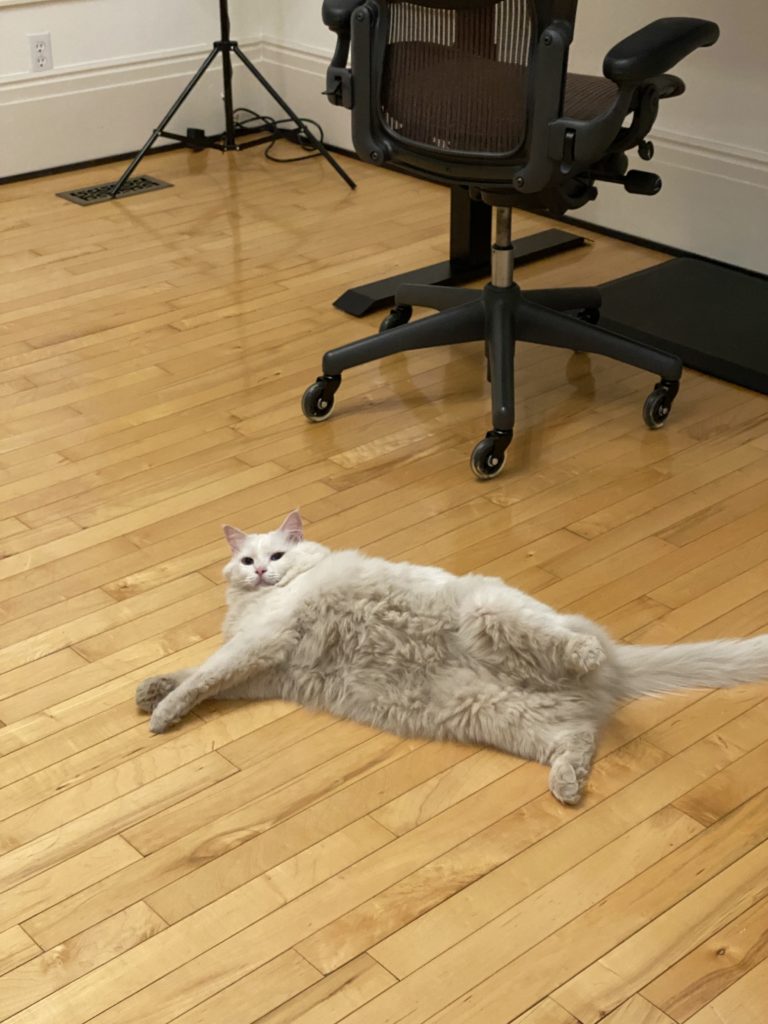
Ragdoll Cat Health Monitoring
Like all other pets, ragdoll cats are prone to some specific health issues. Some of these issues include:
- Hypertrophic cardiomyopathy
- Urinary tract issues
- Hairballs
- Obesity
Ragdolls and Obesity
Because ragdolls are so large, it can be easy to write off your cat’s weight as size-appropriate rather than overweight. Though this is a large breed of cat, they should still be within a reasonable weight limit. If you’re concerned about your cat’s weight, talk to your vet about potential dietary adjustments.
HCM and UTIs in Ragdolls
Ragdoll cats are also susceptible to serious health conditions like hypertrophic cardiomyopathy (HCM) and urinary tract issues. HCM is a type of heart disease that thickens the walls of the heart, which can make it less effective at its job over time. You may notice your cat losing its appetite, struggling to breathe, or becoming lethargic.
If your ragdoll experiences these symptoms, you should bring them to the vet immediately for further testing. Your ragdoll kitty may need blood pressure monitoring and heart medication to reduce symptoms. HCM is not curable, but your cat’s life can be extended for several years after diagnosis with quick and effective treatment.
Urinary tract issues are common in all cats. These issues can include urinary tract infections and bladder stones. Bladder stones are extremely painful and dangerous and require emergency medical intervention.
Since these stones can block the urinary tract, your ragdoll kitty may be unable to urinate or may struggle to urinate. Smaller stones can be removed with a catheter at your vet, while larger stones may require surgery.
Ragdolls and Hairballs
Finally, the most common health issue your ragdoll cat will encounter is hairballs. With such long, thick fur, it’s guaranteed that your ragdoll will develop hairballs at some point or another.
You may need to find a specific diet for your cat that reduces hairballs to prevent discomfort in your cat. Frequent brushing will also reduce hairballs as there will be less hair for your cat to lick up and choke on.
Items to Get Your Ragdoll
Basic care isn’t all that’s needed for a happy, healthy cat. There are plenty of additional wellness items that you should get your ragdoll kitty to keep them entertained throughout the day. One of these items is a cat tree.
Cat trees not only give your ragdoll a chance to be your height, but they also typically come with scratching posts, hiding boxes, and dangling toys. Cat trees are a great all-in-one option for those looking for a one-stop shop for their ragdoll.
Ragdolls need a much sturdier and larger cat tree than most, so look for XL ones such as this one. Otherwise, they will be too wobbly and might freak out your cat (been there, done that).
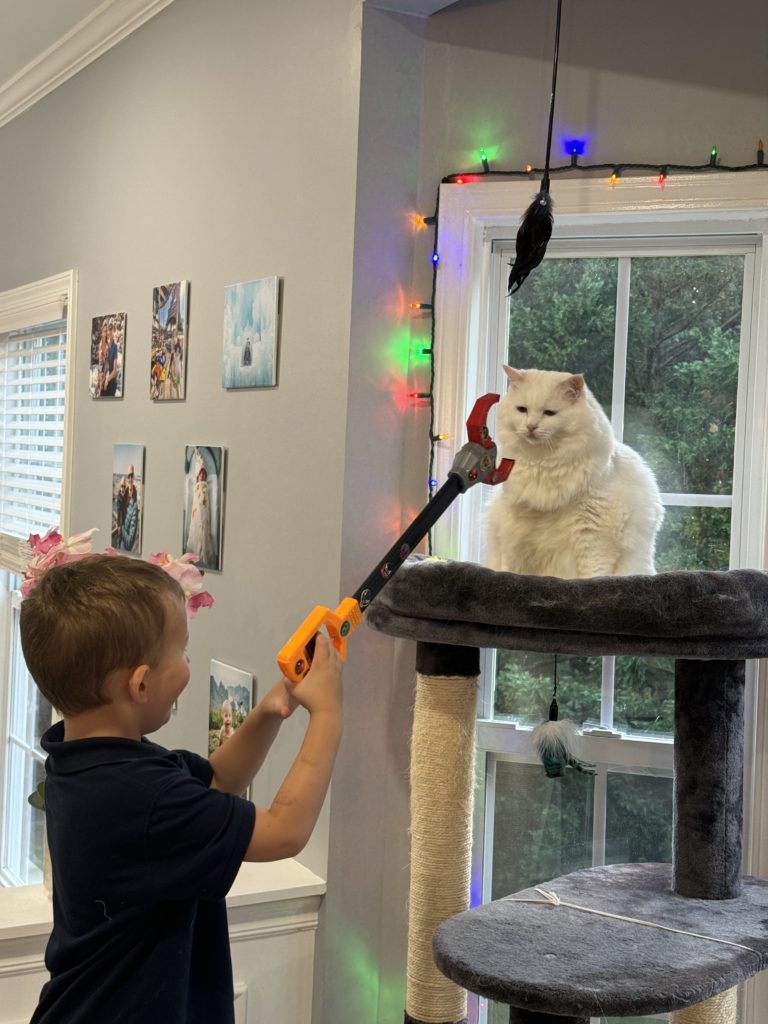
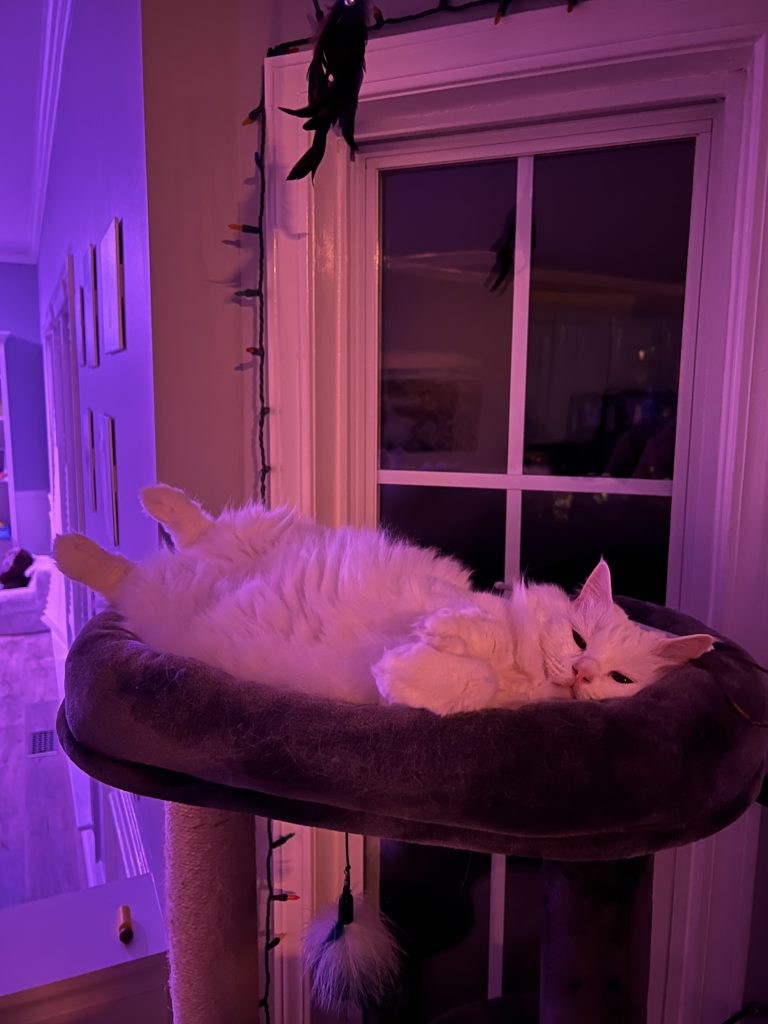
You need to make sure that all of your ragdoll’s needs are met throughout the day. Cats need to scratch, play, and rest, so getting them a combination of items such as scratching boards, toys, and cat beds can keep ragdolls happy all day long. Your ragdoll may also be a fan of pop-up tunnels, which they can hide in or run through.
Catnip is also a fun little treat for your ragdoll. Just remember there are many products with catnip in them. You can get sprays, toys, and even pure catnip for your ragdoll to enjoy. Just make sure she doesn’t get too out of control!
Finding a Ragdoll Cat for You
Finding a ragdoll for your family can be a challenge, but it doesn’t have to be. These days, you can either adopt a ragdoll or buy one from a reputable breeder. You just have to know where to look and consider your budget for a ragdoll.
If you decide to buy your ragdoll cat, make sure you reach out to a ragdoll breeder with significant experience. You don’t want to give your money to an animal mill or someone who doesn’t engage in ethical breeding practices.
Always make sure the breeder is registered and has a clear presence in the purebred cat community. You could also make connections with reputable breeders at local cat shows. This is especially a good option if you plan to show your ragdoll in the future.
If your ragdoll is just for companionship, you should consider looking into animal shelters in your area. Though ragdolls are sometimes hard to find, it is possible that you could find one that has been abandoned. For better luck, you can reach out to a rescue specifically dedicated to ragdoll cats. These rescues have more experience with this cat breed and can help match you with the ragdoll of your dreams.
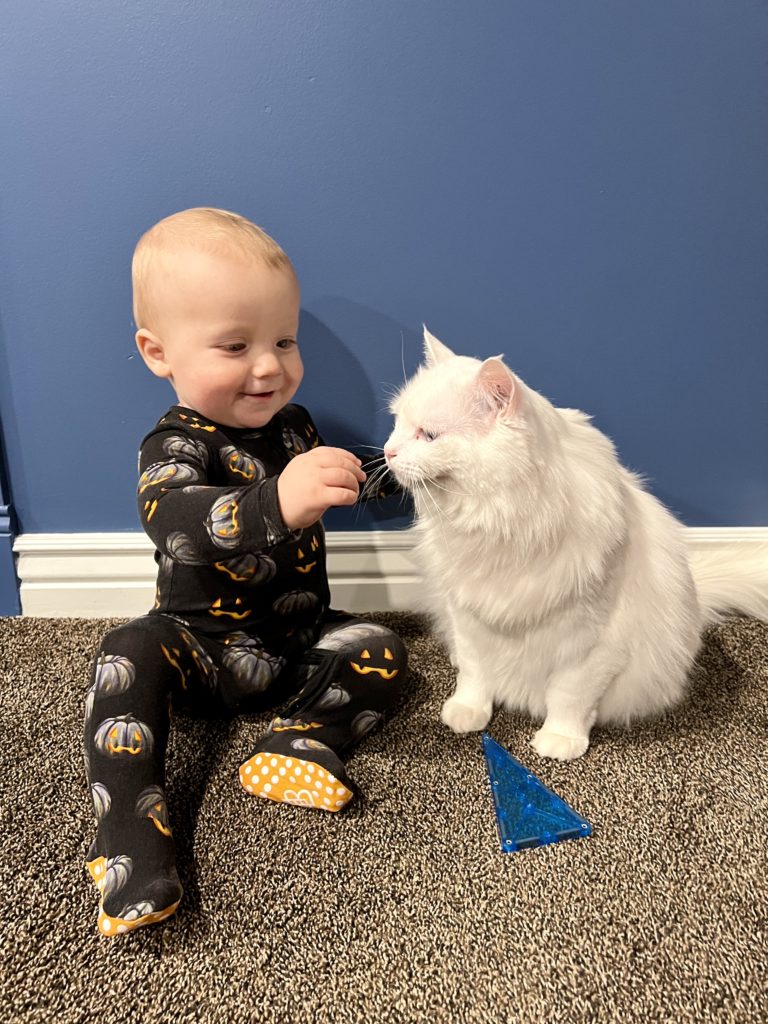
Ragdoll Cat Facts
Ragdoll cats are unique as they are known for having large blue eyes, unlike many other cat breeds. They are also one of the largest domestic cat breeds besides Maine Coons. However, you wouldn’t know that when they’re kittens.
Ragdoll kittens are small and sweet, and are actually born all white! Their patterns develop as they grow older. However, this can take a while, as ragdoll cats actually take four years to become adults. This makes them considered a “slow-maturing” cat compared to other cat breeds.
One of the reasons they develop so slowly is likely because of their long lifespans. It is not uncommon for ragdolls to live up to 20 years old in age. So don’t plan to get one unless you’re ready for a commitment that can last over two decades!
Calling all Ragdoll owners. Do you own one of these sweet, long-haired kitties? If so, tell us all about them in the comments below! We’d love to hear more about your precious fur baby.


